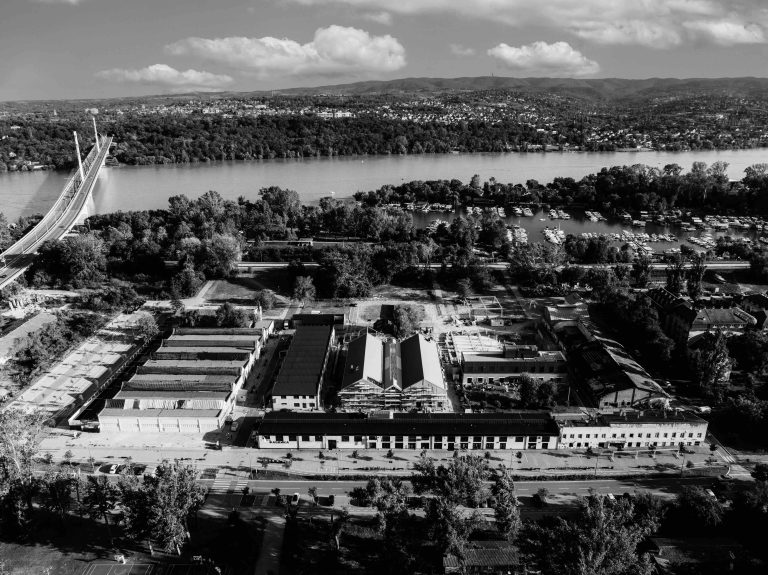We know what slet meant for the former country and how massive this event was – and did you know that, in this year’s European Capital of Culture, we will have the opportunity to see it again, but in a different context? Against the Wind – a Response to Slet is the name of the event that will mark the opening of the Kaleidoscope of Culture in Novi Sad, the fifth in a row, and which will review the European cultural heritage with more than a hundred young performers. With the idea that we can all, despite our differences, dance together in a different slet, a group of foreign artists, in cooperation with the Youth Theatre and the ‘Novi Sad – European Capital of Culture’ Foundation, is organising a traditional event in a new guise. The culture of togetherness, symbolised by the five-week Kaleidoscope of Culture programme, gets its affirmation precisely by holding a modern slet, which opens the question of what togetherness means for us today.
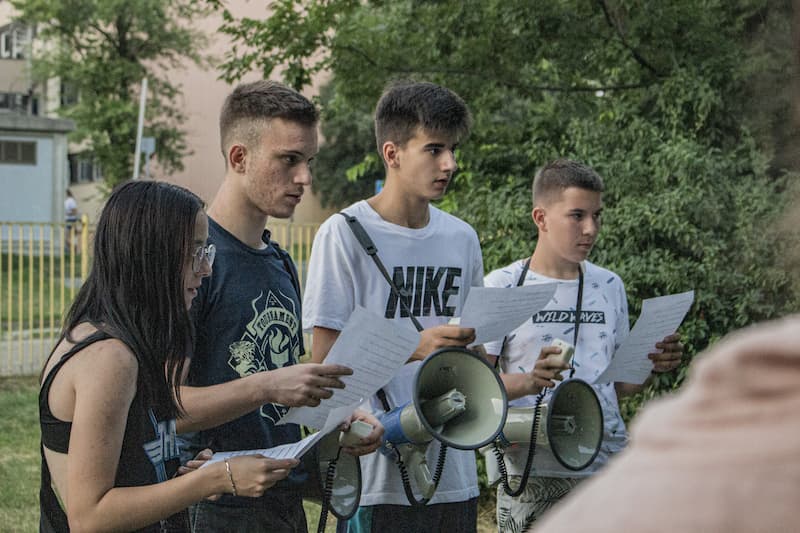
Youth Day was celebrated every 25 May throughout the former Yugoslavia – the last one in Tito’s lifetime was held in 1979, but the event would maintain the tradition until 1987 when the last celebration was held. Participation in this event was of great importance for the Yugoslav youth, who zealously carried the famous Relay of Youth, with the aim of having it personally handed over to the famous Yugoslav president on his birthday, as a symbol of brotherhood and unity. Tens of thousands of young people were engaged on this occasion, which for some of them was a great honour, and for some, of course, an opportunity to avoid boring lessons at school. The central event of Youth Day was traditionally organised at the Belgrade JNA stadium, where thousands of pioneers, youth, and members of all ranks of the army and navy performed the slet.
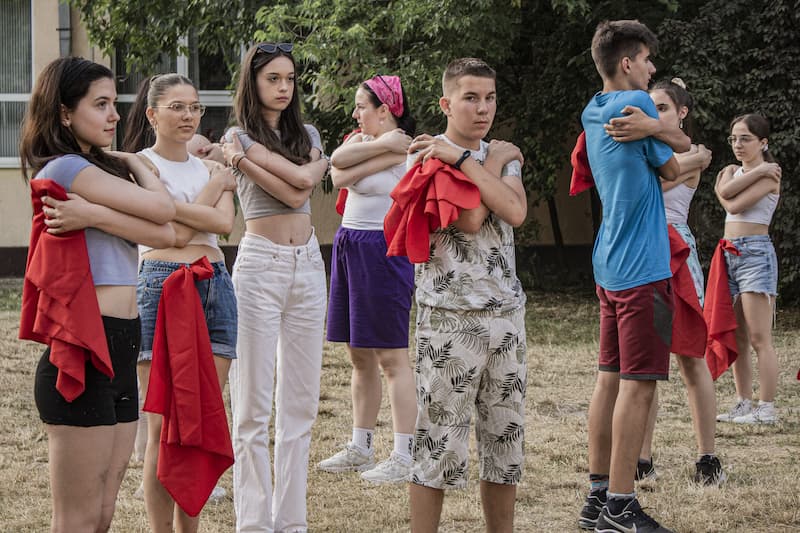
The idea of organising a slet was born in 1945 in Kragujevac when representatives of the Department of Sports and Physical Education devised a mass relay race across Yugoslavia. The tradition of the slet, on the other hand, goes back a little further – from the time when in the Kingdom of Yugoslavia, between the two world wars, Sokol societies were formed, and youth also carried relays.
There are conflicting opinions about Youth Day, as well as about Tito himself. Somewhere, Tito’s birthday (which, admittedly, was actually 7 May, not 25 May) is still celebrated to this day, so in the Museum of Yugoslavia in Belgrade on this day we can often attend matinees, lectures, workshops, exhibitions, and other events that in an innovative way remind the generations who remember this time, but also bring new knowledge to the younger ones. Similarly, the European Capital of Culture in the year of the title features a slet where a group of Austrian, Dutch, German, African and local artists revise the past and bring a new vision of it.
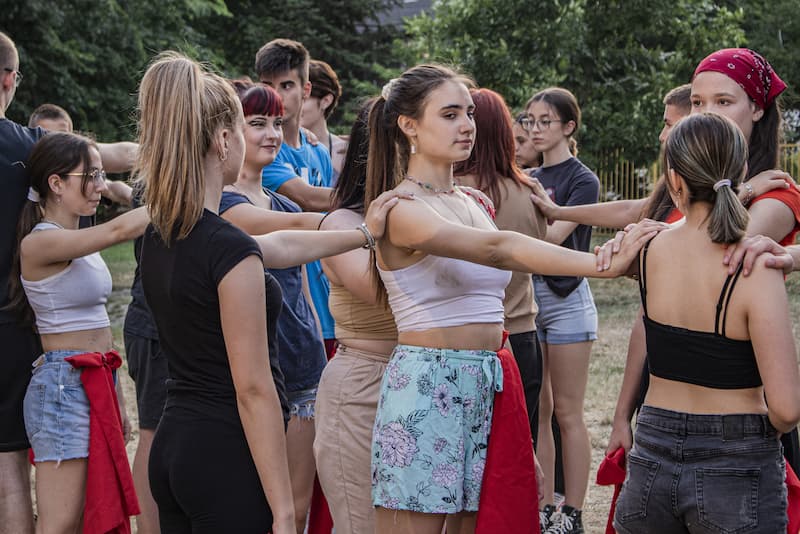
As after the last slet, no one knew how to dance together anymore, togetherness entered a crisis, and everything else became (tragic) history, this year Novi Sad is showing that there must be no more room for destruction. Against the Wind – a Response to Slet attempts to discover how to dance again and how togetherness is achieved through the former symbol of unity, which we ourselves have long forgotten. The very location of the event is more than symbolic. The District in the former industrial zone of the city was the area where our industry developed in the 20th century, a place that gathered workers and producers from various parts of Europe and which, in itself, remained one of the symbols of Novi Sad’s development.
Preparations for this event at the opening of the Kaleidoscope of Culture lasted more than half a year, with a total of 580 young men and women from Novi Sad, along with four choreographers and four female directors, while the final performance will be presented by 110 young people with the support of the acting ensemble of the Youth Theatre. All of them will give an artistic answer to the question of what we want and what we don’t want, whether we know what we are striving for, what we would like to be able to change in the past, and how we see the future. This unique meeting of the modern age exposes the needs of today’s youth, but also of all generations, concerning relationships in modern society and the sense of community that we aspire to in the future.
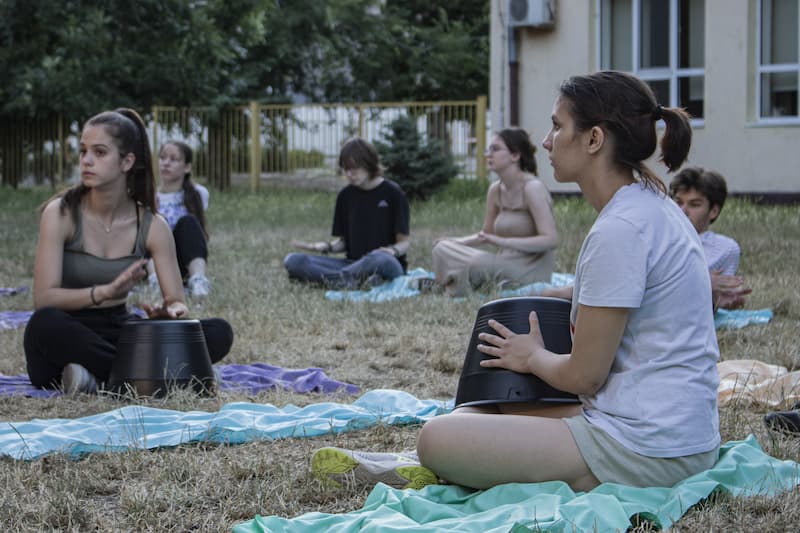
ZID theatre from Amsterdam, Fundus Theater from Hamburg, RingRing Association from Belgrade and Viva Dance Academy from Novi Sad, along with Novi Sad schools and cultural and artistic societies, supported by the Goethe Institute, the Embassy of the Kingdom of the Netherlands and the Austrian Cultural Forum, participate in the impressive realisation of this events.
From September 1 to 3, join the reinterpretation of the 20-century cultural, social, and sports heritage and be part of the opening of the Kaleidoscope of Culture, which will be held from 1 to 4 September in the District.
Author: Leona Pap
Photo: Promo/ECoC




